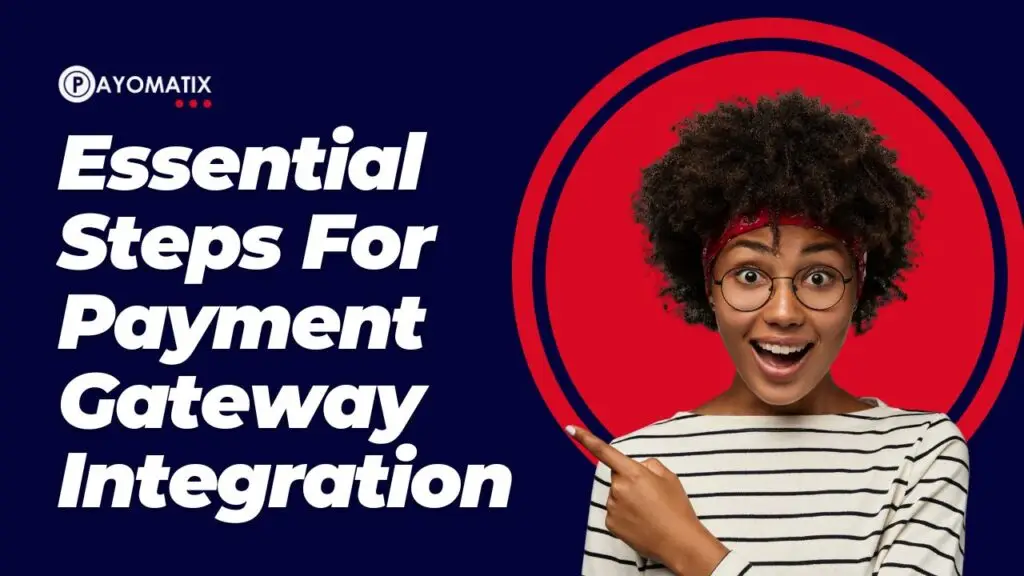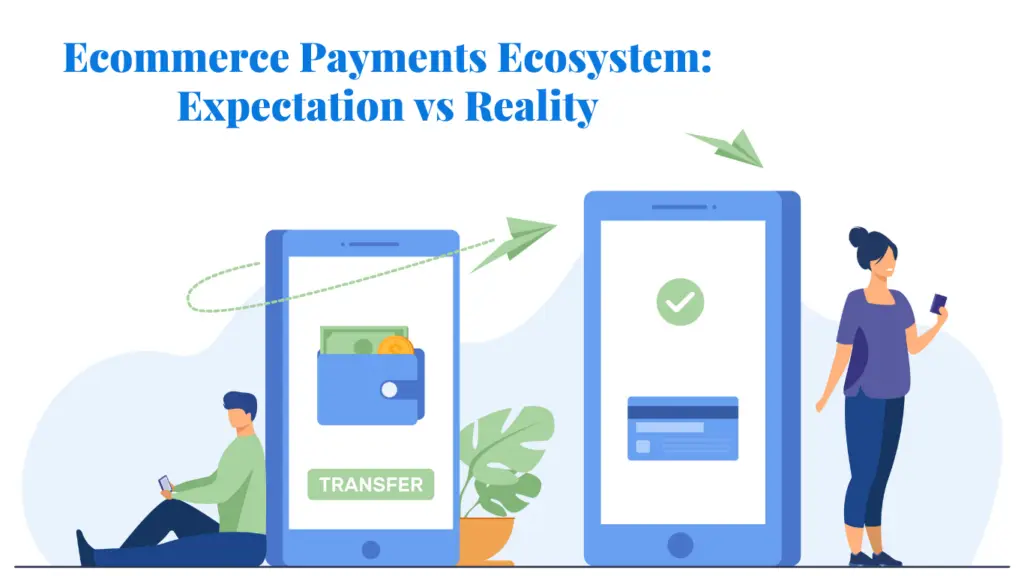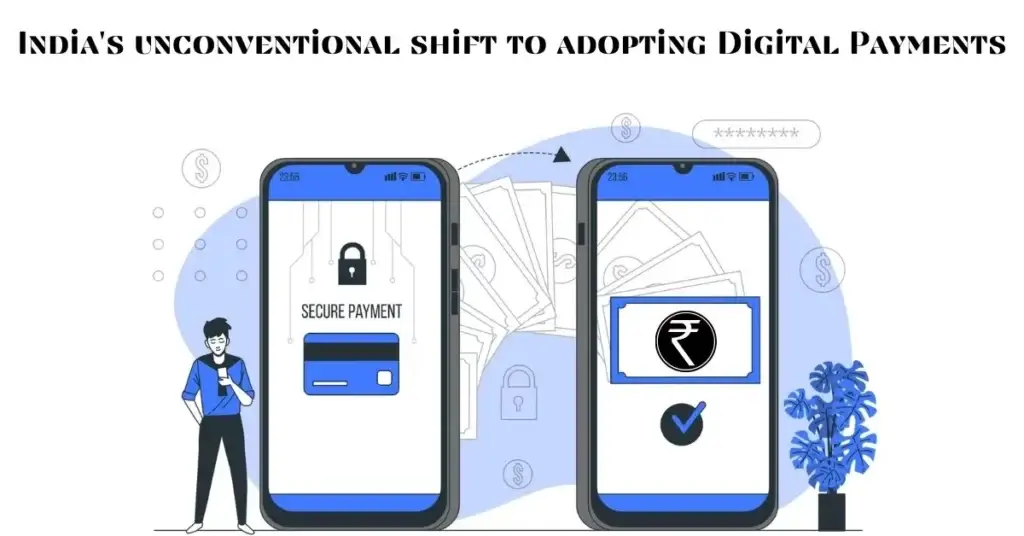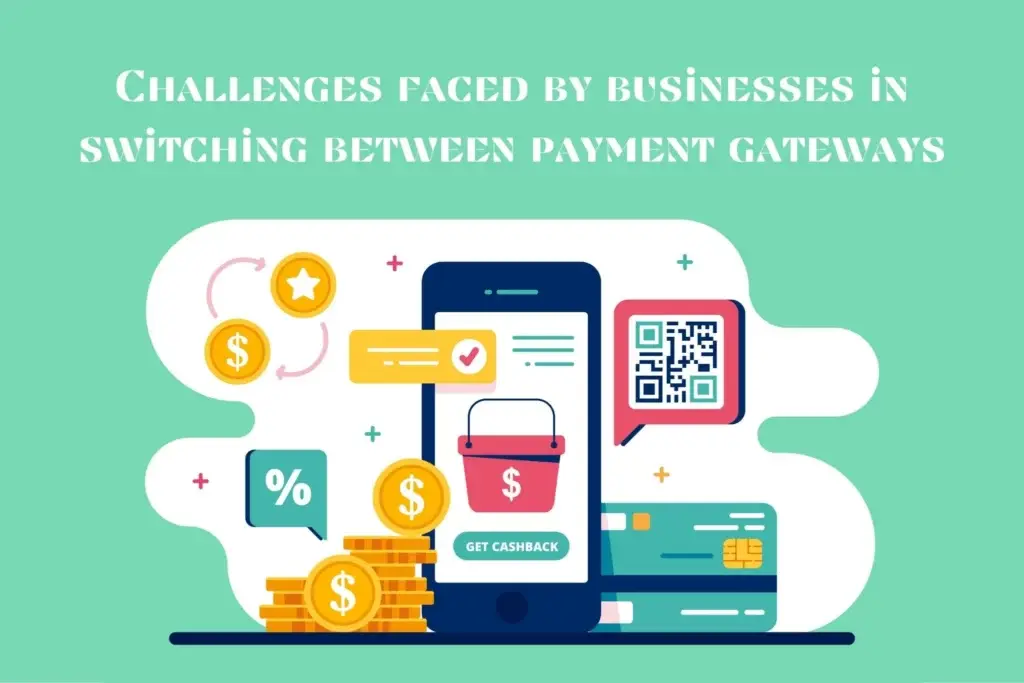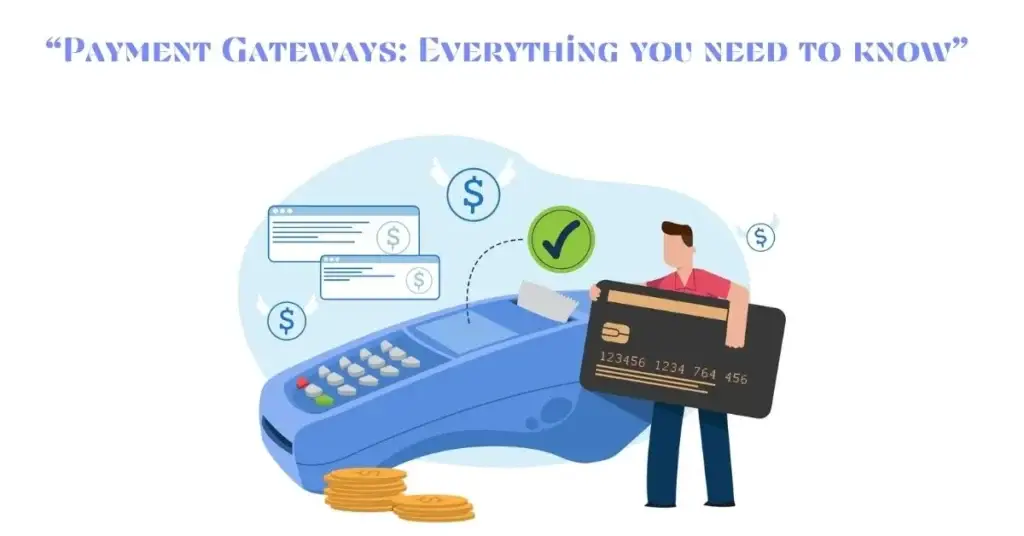In the modern era of digital commerce, integrating a payment gateway is not just a convenience—it’s a necessity. For small business owners striving to manage multiple payment methods, the task can be daunting yet essential. Streamlining payment processes is crucial to reducing operational costs, enhancing customer satisfaction, and ultimately driving revenue growth. This comprehensive guide walks you through the essential steps for effective payment gateway integration, ensuring your business remains competitive and efficient.
Understanding Payment Gateway Integration
Before delving into the steps, it’s pivotal to understand what payment gateway integration entails. A payment gateway is a technology that facilitates online transactions by transferring payment data between the customer, the merchant, and the acquiring bank. Integration refers to the process of embedding this technology into your website or application, enabling seamless and secure transactions. This ensures that the payment process is efficient and reliable, which is critical for maintaining customer trust.
Why Payment Gateway Integration is Crucial
- Streamlined Transactions: Simplifies the payment process for customers, reducing cart abandonment rates. By offering a smooth and quick payment experience, you can significantly enhance the user journey, encouraging repeat purchases and building customer loyalty.
- Security: Offers robust encryption and fraud detection mechanisms, ensuring sensitive data protection. Security features such as tokenization and 3D Secure authentication help in mitigating risks associated with online transactions, providing peace of mind to both the business and its customers.
- Efficiency: Automates payment processing, reducing manual intervention and operational costs. Automation not only saves time but also minimizes the likelihood of human error, leading to more accurate financial reporting and inventory management.
- Customer Satisfaction: Provides multiple payment options, enhancing the overall shopping experience. Catering to various preferences, including credit cards, digital wallets, and even cryptocurrencies, can make your business more appealing to a broader audience.
Steps to Integrate a Payment Gateway
Step 1: Choose the Right Payment Gateway
Selecting the appropriate payment gateway is the foundational step. Consider the following factors:
- Compatibility: Ensure the gateway supports your website platform (e.g., Shopify, WooCommerce, Magento). Compatibility with your existing infrastructure will save time and resources during the integration process.
- Transaction Fees: Compare the fee structures to find a cost-effective solution. Hidden fees can add up, so it’s essential to understand the complete pricing model, including any charges for refunds or international transactions.
- Supported Payment Methods: Verify if the gateway supports credit cards, debit cards, digital wallets, and other payment methods relevant to your target market. The more payment options you offer, the more accessible your business becomes.
- Security Features: Look for gateways that offer advanced security measures such as PCI-DSS compliance, tokenization, and 3D Secure authentication. These features are crucial for protecting against fraud and maintaining regulatory compliance.
Step 2: Set Up a Merchant Account
A merchant account is a type of bank account that allows your business to accept and process electronic payment card transactions. You’ll need to:
- Apply for a Merchant Account: Contact your chosen payment gateway provider or a third-party merchant services provider. Be prepared to discuss your business model and expected transaction volumes.
- Provide Documentation: Submit necessary documents, including business licenses, tax identification numbers, and financial statements. This documentation helps verify your business’s legitimacy and financial stability.
- Approval Process: The provider will review your application and, upon approval, set up your account. This process can take anywhere from a few days to a few weeks, depending on the provider and the complexity of your business.
Step 3: Acquire API Credentials
Once your merchant account is set up, you’ll need to obtain API credentials from your payment gateway provider. These credentials typically include:
- API Key: A unique identifier used to authenticate requests. This key is essential for ensuring that only authorized transactions are processed.
- API Secret: A password-like secret used to verify the authenticity of API requests. Keeping this secret secure is vital for preventing unauthorized access.
- Merchant ID: An identifier assigned to your merchant account. This ID helps track transactions and link them to your specific account.
Step 4: Integrate the Payment Gateway API
Integration involves embedding the payment gateway API into your website or application. This step requires technical expertise, typically involving a developer. The process generally includes:
- API Documentation: Review the comprehensive API documentation provided by your gateway provider. This documentation will guide you through the various functions and endpoints available.
- Sandbox Environment: Utilize the sandbox environment for testing purposes before going live. Testing in a sandbox environment allows you to simulate transactions without affecting real funds.
- Payment Form: Implement a secure payment form on your checkout page. The form should be user-friendly and adhere to security best practices, such as SSL encryption.
- API Calls: Use API calls to handle payment processing, including authorization, capture, and refund transactions. Ensure your integration can handle various scenarios, such as partial refunds or recurring billing.
Step 5: Ensure Compliance and Security
Security and compliance are paramount in payment processing. To protect sensitive data and adhere to regulatory standards:
- PCI-DSS Compliance: Ensure your integration meets the Payment Card Industry Data Security Standard (PCI-DSS) requirements. Compliance with these standards is mandatory for businesses handling card payments.
- SSL Certificate: Implement an SSL certificate to encrypt data transmitted between your server and the customer’s browser. This encryption is crucial for preventing data breaches and maintaining customer trust.
- Tokenization: Use tokenization to replace sensitive card information with unique identification symbols. This process reduces the risk of data theft by ensuring that card details are not stored in your database.
- Fraud Detection: Enable fraud detection mechanisms provided by your gateway, such as AVS (Address Verification Service) and CVV (Card Verification Value) checks. These tools help verify the authenticity of transactions and reduce the risk of fraud.
Step 6: Test the Integration
Thorough testing is crucial to ensure your payment gateway functions correctly. Perform the following tests:
- Transaction Testing: Conduct test transactions using the sandbox environment to validate the payment flow. Test various scenarios, such as successful payments, declined transactions, and refunds.
- Error Handling: Test how your system handles errors, such as declined transactions or network issues. Ensure your integration provides clear error messages and guides users on the next steps.
- User Experience: Ensure the payment process is user-friendly and intuitive. A seamless user experience can significantly reduce cart abandonment and improve customer satisfaction.
Step 7: Go Live
After successful testing, you’re ready to go live. Switch from the sandbox environment to the live environment and monitor transactions closely during the initial phase to identify and resolve any issues promptly. Be prepared to provide customer support for any payment-related inquiries or problems that may arise.
Step 8: Monitor and Optimize
Continuous monitoring and optimization are essential to maintain a seamless payment experience. Implement the following practices:
- Transaction Analytics: Use analytics tools to track transaction data and identify patterns or issues. Regularly reviewing this data can help you spot trends and make informed decisions to improve your payment process.
- Customer Feedback: Gather feedback from customers to improve the payment process. Customer insights can reveal pain points and opportunities for enhancement.
- Regular Updates: Keep your integration up to date with the latest security patches and feature updates from your gateway provider. Staying current with updates ensures that your payment system remains secure and efficient.
Payment Gateway Integration Services
For small business owners lacking the technical expertise, leveraging payment gateway integration services can be a game-changer. These services offer:
- Expert Guidance: Professional advice on selecting the right gateway and setting up a merchant account. Experts can help you navigate the complexities of payment processing and choose a solution that fits your business needs.
- Technical Implementation: Skilled developers handle the API integration, ensuring a seamless and secure setup. This professional touch can save time and avoid potential pitfalls associated with DIY integration.
- Ongoing Support: Continuous support to address any issues and optimize the payment process. Having a dedicated support team can be invaluable for troubleshooting and making necessary adjustments as your business grows.
Payment gateway integration is a critical component of modern business operations. By following these essential steps, you can streamline your payment processes, enhance security, and improve customer satisfaction. Whether you choose to handle the integration in-house or leverage professional services, the key is to ensure a seamless, secure, and efficient payment experience for your customers. Join us in revolutionizing payment processing and take your business to new heights.
By integrating a robust payment gateway, you not only simplify transactions but also build a foundation for sustained growth and success. Embrace the future of digital payments and watch your business thrive. A well-integrated payment system can be a significant competitive advantage, helping you attract and retain customers in an increasingly digital marketplace.

